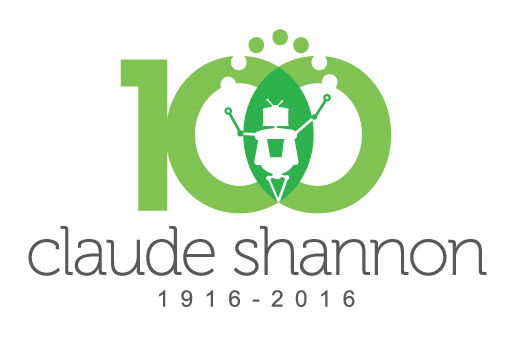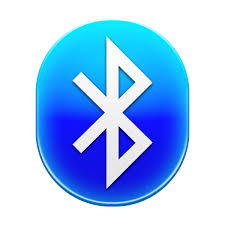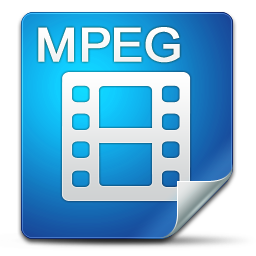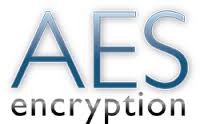Shannon Centenary Symposium
The Shannon Centenary, 2016, marks the life and influence of Claude Shannon on the hundredth anniversary of his birth on 30 April 1916. Shannon is best known for developing the mathematical foundations of communication (establishing the field of information theory), data compression, digital computers, cryptography, circuit complexity, and flow networks, as well as laying foundations of artificial intelligence.
The IEEE Benelux Chapter on Information Theory and the Werkgemeenschap voor Informatie- en Communicatietheorie invite you to participate in a Symposium celebrating Shannon’s 100th birthday. The symposium features five invited lectures zooming in on innovations inspired by Shannon’s ideas with connections to the Benelux. The lectures are focussing on a broad audience, especially on students.
Venue: Zwarte Doos , TU Eindhoven
Date: April 13, 2016.
Registration: Participation is free of charge, but registration is required. Registration closes Friday 8 April. [ Registration form ]
Contact: For additional information please contact Jasper Goseling .
Program
| 12:30 - 13:00 | Welcome and coffee |
| 13:00 - 13:10 | Opening by Frans Willems |
| 13:10 - 13:50 | "Shannon, Beethoven and the Compact Disc," Kees Immink |
| 13:50 - 14:30 | "Wi-Fi: Is the sky the limit?," Wolter Lemstra |
| 14:30 - 14:45 | Coffee break |
| 14:45 - 15:25 | "Bluetooth Inside," Jaap Haartsen |
| 15:25 - 15:40 | Coffee break |
| 15:40 - 16:20 | "Shannon for Digital Video," Jan van der Meer |
| 16:20 - 17:00 | "Efficient block ciphers by the use of error-correcting codes: AES," Joan Daemen and Vincent Rijmen |
| 17:00 | Drinks |
Abstracts
Shannon, Beethoven and the Compact Disc
Lecturer: Kees Immink
Abstract: Humanity has witnessed the digital revolution, and digital revolutionary fruit, such as the Compact Disc, DVR, DVD, BluRay and so on, is less than forty years young. Solid-state storage brought the perfect portable audio player, where crashes resulting from jogging are absent and power consumption is extremely low. Sound from the cloud makes it possible to enjoy sound and video without any physical media for storing the digital signals.
The speaker will address some historical notes on pulse code modulation, and he will show that the digital revolution rests on the scientific foundations laid by researchers at Bell Labs --Nyquist, Shannon, Hamming, to mention just a few giants-- in a period of time when the term 'research project' was an oxymoron.
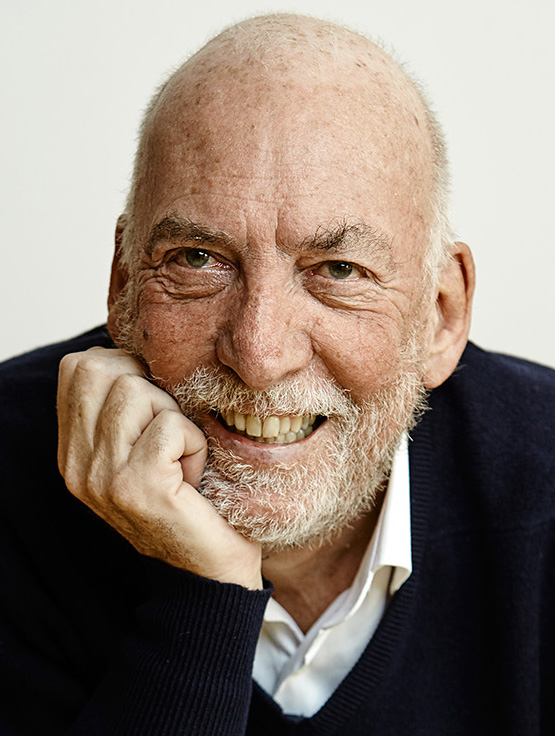
Wi-Fi: Is the sky the limit?
Lecturer: Wolter Lemstra (Senior Research Fellow at the Department Technology, Policy & Management of TU Delft, Research Fellow at the Centre for Regulation in Europe, Brussels, and Visiting Research Fellow at the Institut Barcelona d'Etudes Internacionals - Catedra Telefonica.)
Abstract: Wi-Fi has become the preferred means for connecting to the internet - at home, in the office, in hotels, virtually anywhere. Wi-Fi is deployed by operators in 'hotspots' and by municipalities in 'hotzones'. Wi-Fi provides internet access in remote communities where it is deployed by volunteers in community-based networks, The global success of Wi-Fi can be traced back to the landmark change in radio spectrum policy by the US FCC in 1985, the initiative by NCR Corporation to start development of Wireless-LANs in Utrecht, the Netherlands, and the drive for an open standard IEEE 802.11, first released in 1997. The initiative by Steve Jobs at Apple to include Wireless-LAN in the iBook, moved the product from the early adopters to the mass market. Today, Wi-Fi access points provide data rates into the Gbit/s range, while the latest standard - IEEE 802.11 ah - is aimed at supporting the Internet-of-Things.
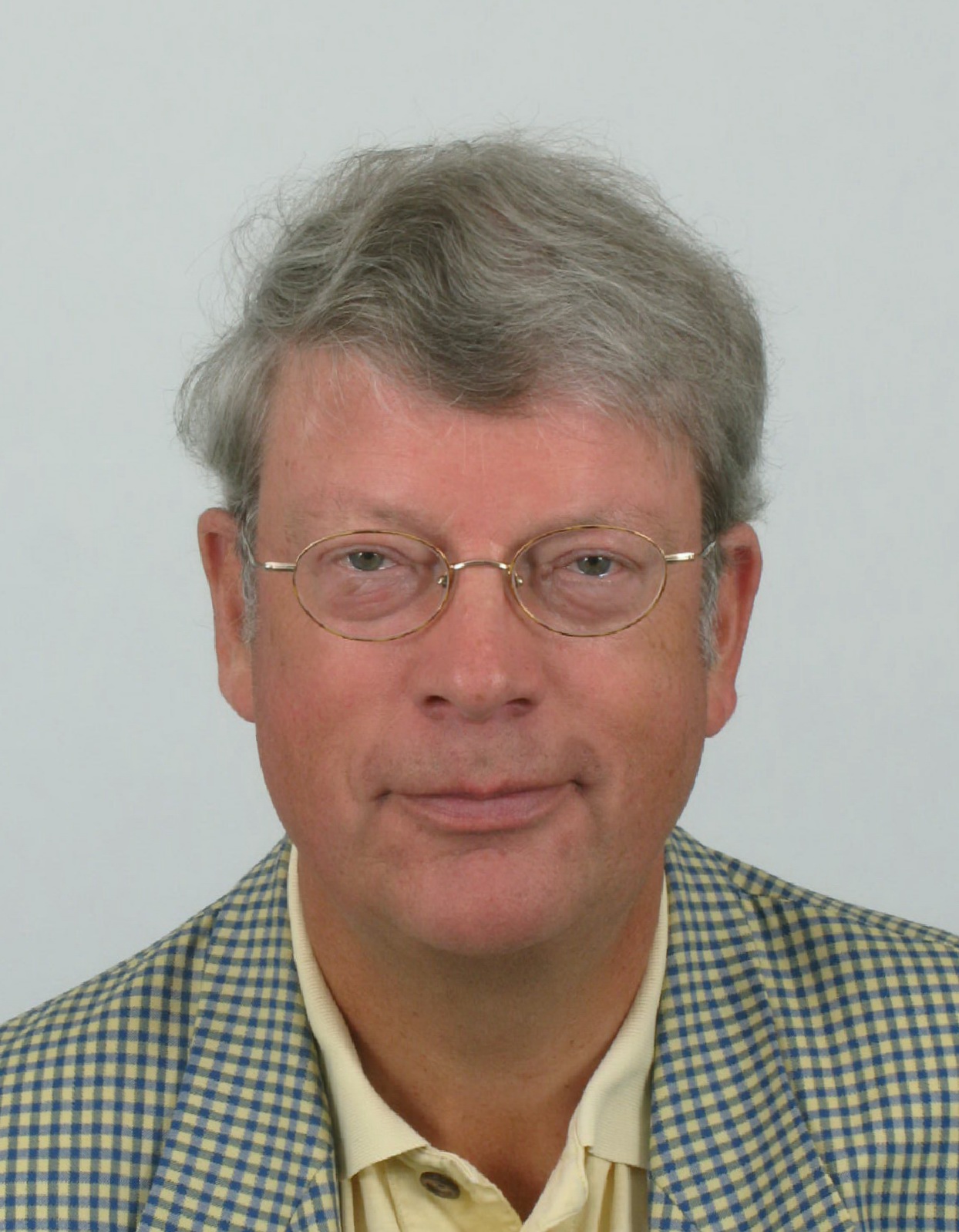
Bluetooth Inside
Lecturer: Jaap Haartsen
Abstract: Wireless connectivity has become a part of our daily life. It is hard to imagine a world without smartphones. In 1994, a new wireless system was developed, we now know under the name Bluetooth. The success of Bluetooth has been closely connected to the success of mobile phones. This presentation gives a glimpse behind the scenes of creating a new wireless standard. First, it is explained why there was a need for a new system, why not using something existing? What design choices were made and why? And how was the new technology successfully brought to the market for all consumers to enjoy.
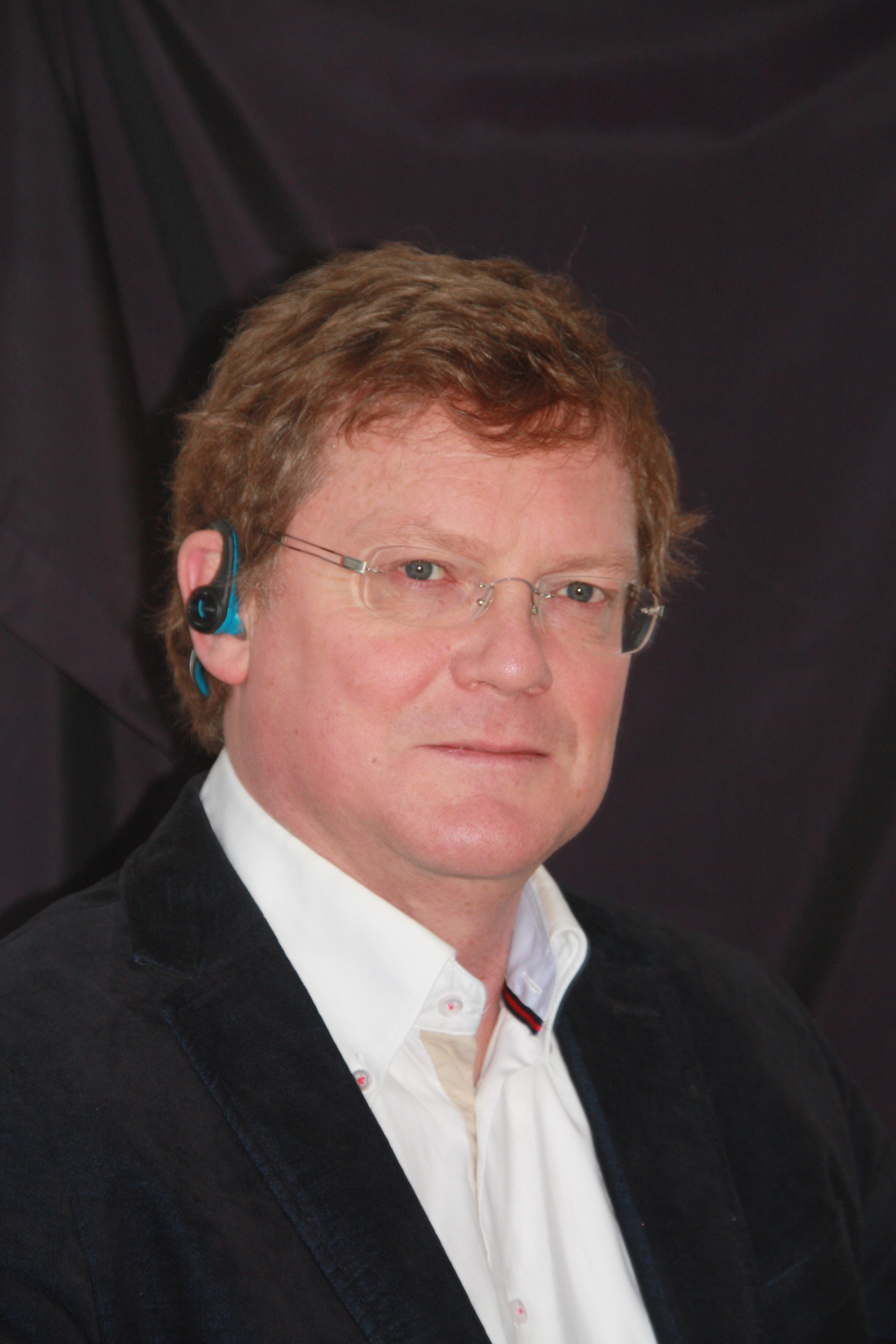
Shannon for Digital Video
Lecturer: Jan van der Meer
Abstract: The general digital communication system depicted by Shannon looks simple, but to build a communication system for digital video, including audio, requires many specific measures to ensure a high quality system that meets all requirements, for example with respect to the timing, resource management, content access and interoperability.
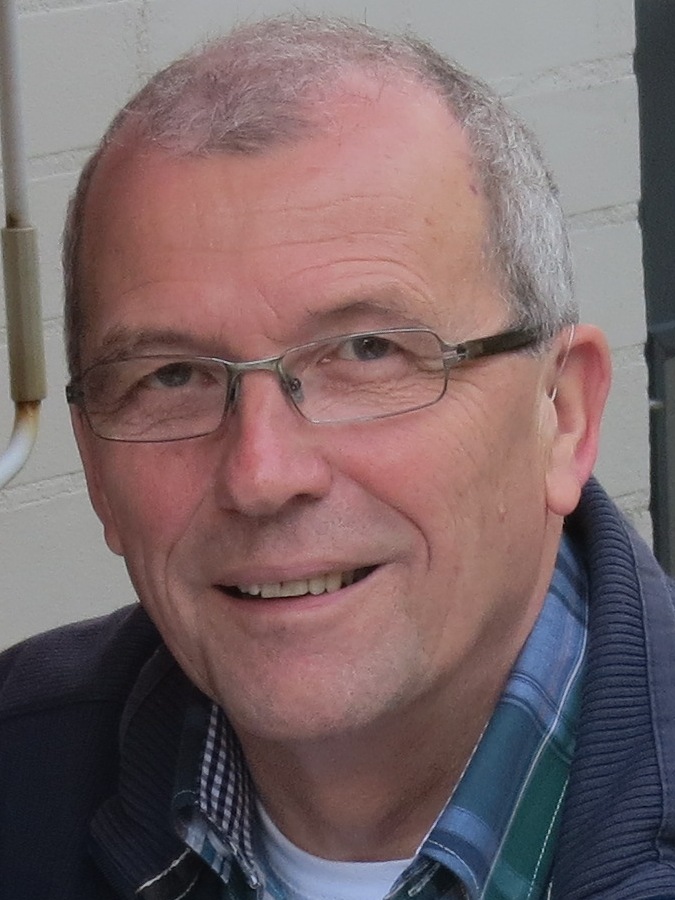
Efficient block ciphers by the use of error-correcting codes: AES
Lecturers: Joan Daemen and Vincent Rijmen
Abstract: Block ciphers form the core of many services that secure ICT, e.g. TLS, IPSec, UMTS encryption, Bluetooth encryption. Public research on secure encryption started with Shannon's work on secure communication, describing the important properties confusion and diffusion.
Rijndael is one of the first block ciphers whose design is based on mathematical criteria. We used coding theory to construct transformations with good diffusion and elegant security proofs.
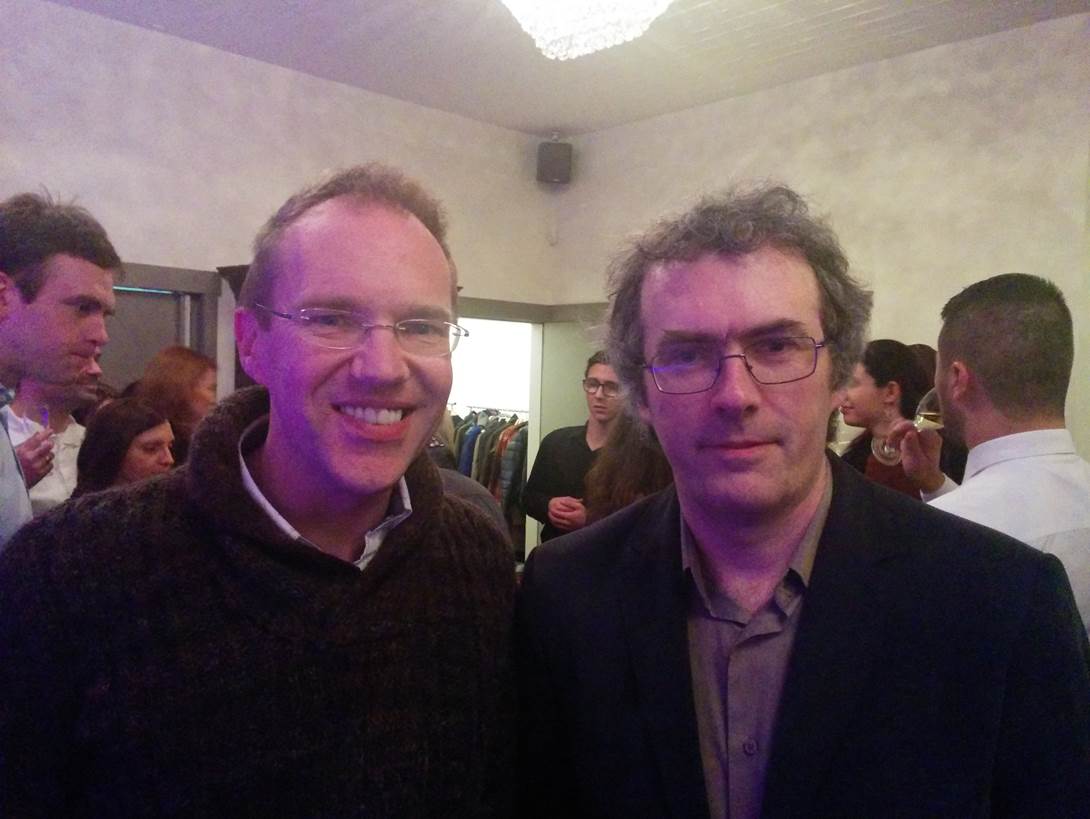
The 6th Van der Meulen Seminar (previously announced to take place on the morning preceding the symposium) will be rescheduled to another date.

